
Salman Khan and his zero-profit blockbuster- Khan Academy
How a hedge fund analyst quit a lucrative job and built a massive global edtech empire that aims for a multi-generational impact, rather than raking in profits
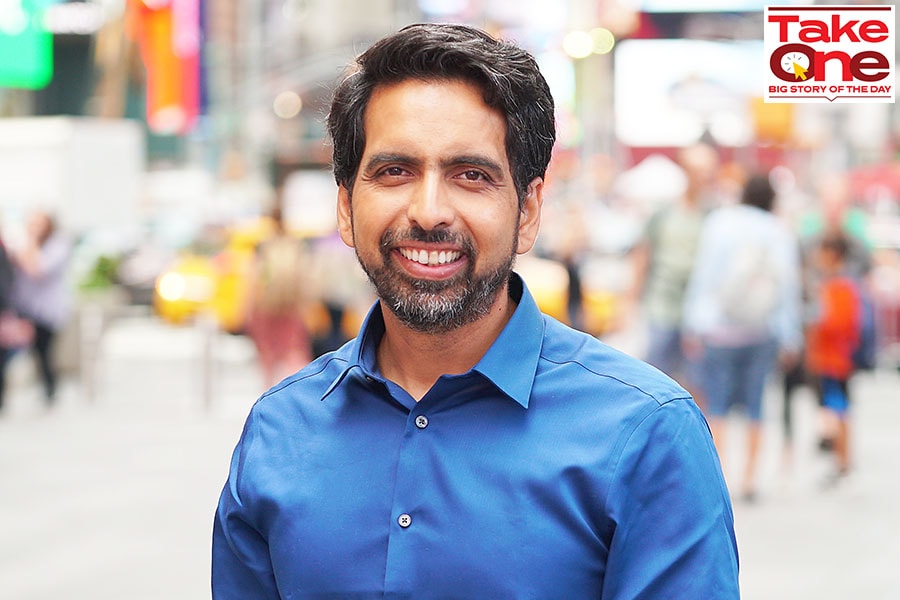 Salman Khan, founder Khan Academy
Salman Khan, founder Khan Academy
The penny suddenly dropped. It was a few months into 2010. Salman Khan had quit his high paying and impressive job as a hedge fund analyst in 2009, and finally converted his five-year old ‘admirable hobby’ into his new profession. “So, what do you do,” quizzed one of the couple who bumped into Khan and his wife at a dinner event in Palo Alto, California. The Harvard grad, who was also armed with three degrees from MIT, did his best to dish out an impressive reply. “Well, I am running this project which is not-for-profit,” Khan said proudly. “I've made some software, and also make YouTube videos on math and science which are getting popular,” he continued, listing his nascent achievements. “I am looking for people who can donate as this project will definitely turn into something big,” he finished, hoping to hear words of encouragement.
The silence, though, was deafening. The couple quickly walked away. It was, however, their hushed conversation that cut like a knife. “One of them said, ‘Good thing that his wife is training to be a doctor’,” recalls Khan, who overheard the gossip. The uncharitable comment was devastating. “It hit my fragile male ego very heavily,” he recounts. “It was like a sucker punch,” he adds. Until a year ago, Khan was courted by everybody during dinner parties and social gatherings. The biggest pull for the then hedge fund analyst was his professional background and enviable educational pedigree: Bachelor of Science in math and computer science, and master of engineering from Massachusetts Institute of Technology; and an MBA from Harvard. “When I used to go to dinner parties and introduce myself to people, they used to be mighty impressed,” he recalls. “They used to talk very nicely,” he adds.
Well, a lot changed after Khan quit his job. In fact, he started talking to himself. And this was not a good symptom. “I would wake up in the middle of the night in a cold sweat,” he recalls. “I used to wonder what I had done to myself and to my family,” he says, narrating those haunting moments. It was in 2004 that Khan started making math tutorials for his cousins. The next year, he got the domain name—Khan Academy—and in 2006 he set up a YouTube channel and started uploading educational videos.
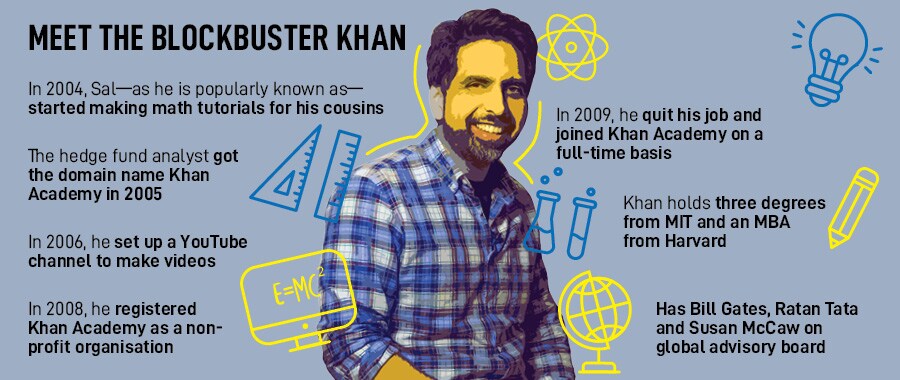
The response was encouraging. Khan’s appeal now spread much beyond his family, he started amassing users every day, and letters of appreciation were pouring in from all parts of the US. “It kept me going and I realised there’s a real value here,” he says. “It was incredibly rewarding,” he recalls. The fact that people were benefitting enormously from the free lessons had a message that the venture was making an impact, and could be scaled. Khan, who pursued his ‘hobby’ of uploading free tutorials till 2009, decided to quit his job and take a plunge into the not-for-profit world of education. The biggest trigger to lead a profit-less life was MIT. “I was inspired by MIT OpenCourseWare, a web-based publication of MIT course content,” he says. A lot of universities, he lets on, will try to teach students values and ethics. “But when push comes to shove, very few take a stand,” he underlines.




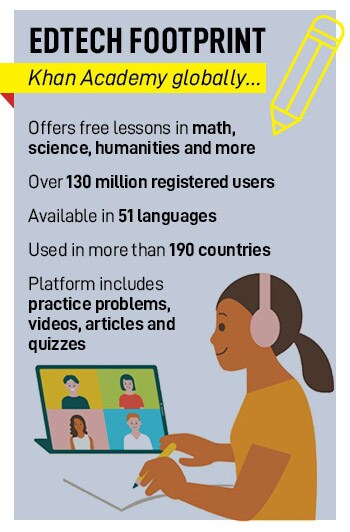 There was another inspiration. Khan was attempting to do something audacious, which was perceived by many as outrageous. “They thought I am squandering a lot,” he says, alluding to the reactions of his friends, well-wishers and all who mattered and not mattered so much. Khan, though, was clear in his mind. What can for-profit organisations aspire to be, he asked. “You can become the next Google, the next Facebook, or the next Apple,” was the logical reply. Now, what could a not-for-profit aspire to be, he flipped the question. “Well, you could become the next Harvard, the next Oxford, the next Smithsonian,” came the reply from within. Khan listened to his heart, and took the plunge.
There was another inspiration. Khan was attempting to do something audacious, which was perceived by many as outrageous. “They thought I am squandering a lot,” he says, alluding to the reactions of his friends, well-wishers and all who mattered and not mattered so much. Khan, though, was clear in his mind. What can for-profit organisations aspire to be, he asked. “You can become the next Google, the next Facebook, or the next Apple,” was the logical reply. Now, what could a not-for-profit aspire to be, he flipped the question. “Well, you could become the next Harvard, the next Oxford, the next Smithsonian,” came the reply from within. Khan listened to his heart, and took the plunge. 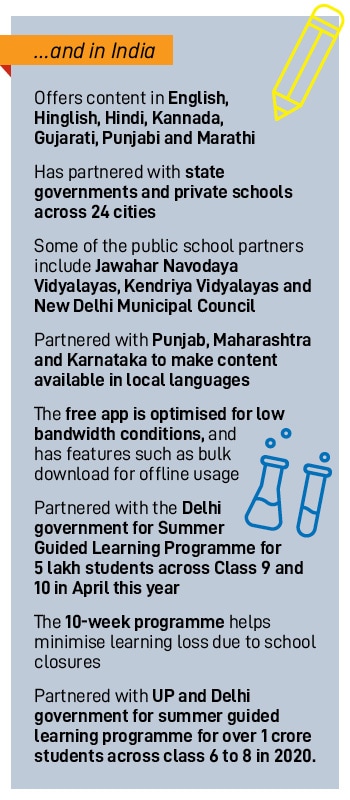 What happened next was a lunch meeting. Doerr had just one query. “How are you supporting yourself?” she asked. Khan paused for a while, and gave an honest reply. “I am not.” The meeting ended, Khan came back to his house and saw a text message from Doerr: You really need to be supporting yourself. I've just wired you $100,000. “The money was valuable. It gave me at least an extension for a year,” says Khan, who was set to experience a dramatic turn in fortune. A month later, he got another message from Doerr. This time, the philanthropist shared some priceless news. “Just now Bill Gates spoke about Khan Academy at Aspen Ideas Festival,” Doerr texted. Khan pinched himself in disbelief. “What's going on? Is this a dream? Is this actually happening?” he wondered.
What happened next was a lunch meeting. Doerr had just one query. “How are you supporting yourself?” she asked. Khan paused for a while, and gave an honest reply. “I am not.” The meeting ended, Khan came back to his house and saw a text message from Doerr: You really need to be supporting yourself. I've just wired you $100,000. “The money was valuable. It gave me at least an extension for a year,” says Khan, who was set to experience a dramatic turn in fortune. A month later, he got another message from Doerr. This time, the philanthropist shared some priceless news. “Just now Bill Gates spoke about Khan Academy at Aspen Ideas Festival,” Doerr texted. Khan pinched himself in disbelief. “What's going on? Is this a dream? Is this actually happening?” he wondered. 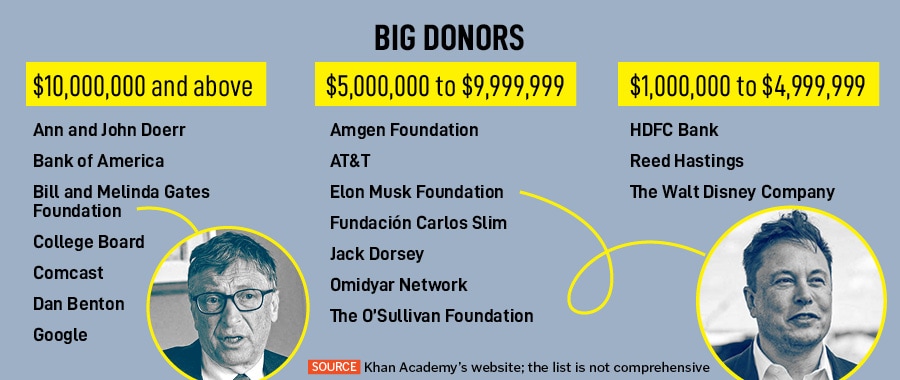
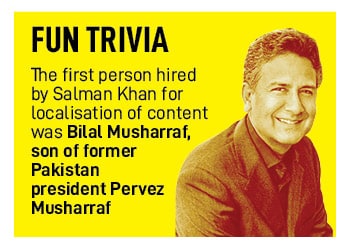 But is he not enamoured by the unicorn tag? How hard is it for a not-for-profit organisation to raise money in an environment when for-profits found themselves buried under dollars over the last two years? Khan gives us a glimpse into another side of his personality. “At times, there might be a quick pang of envy,” he says, alluding to the multi-billion valuation of organisations which had the same starting line as Khan Academy. “But then the envy goes away very quickly,” he explains drawing upon his hedge fund experience. Those who got amazing multiples, got it on the back of a hyper-growth. As soon as that growth goes from hyper to normal, that multiple dies. “Once you get on the treadmill of valuation, it's hard to get off,” he says.
But is he not enamoured by the unicorn tag? How hard is it for a not-for-profit organisation to raise money in an environment when for-profits found themselves buried under dollars over the last two years? Khan gives us a glimpse into another side of his personality. “At times, there might be a quick pang of envy,” he says, alluding to the multi-billion valuation of organisations which had the same starting line as Khan Academy. “But then the envy goes away very quickly,” he explains drawing upon his hedge fund experience. Those who got amazing multiples, got it on the back of a hyper-growth. As soon as that growth goes from hyper to normal, that multiple dies. “Once you get on the treadmill of valuation, it's hard to get off,” he says. 



